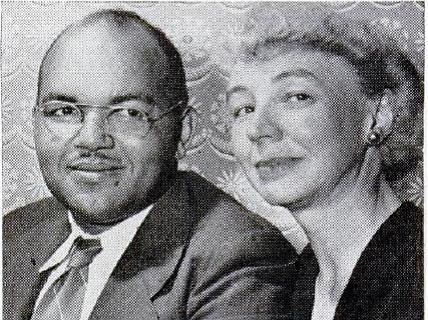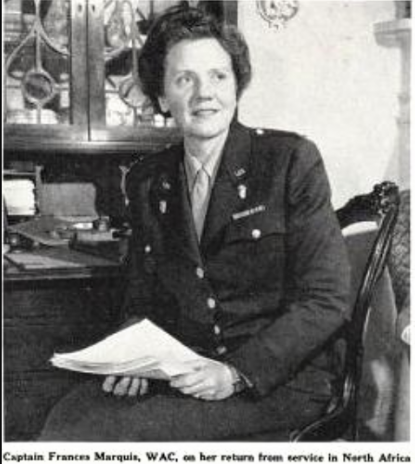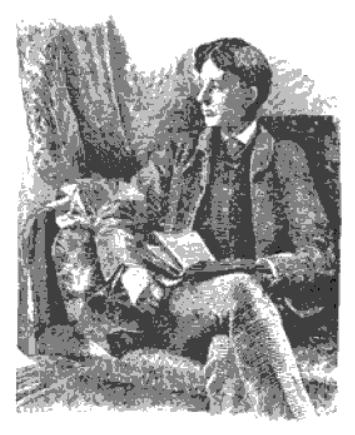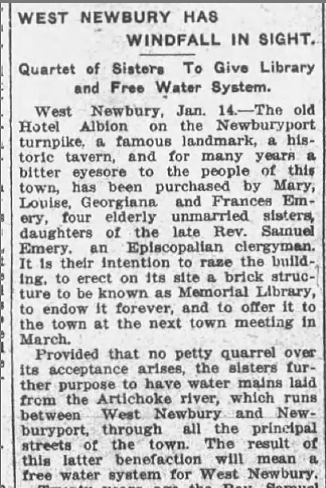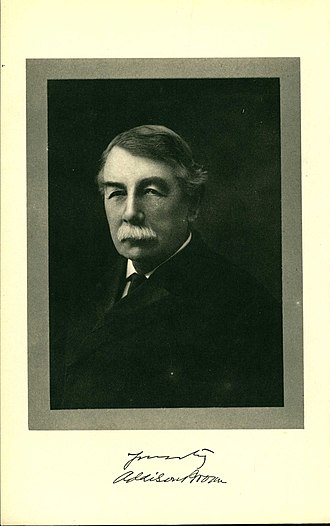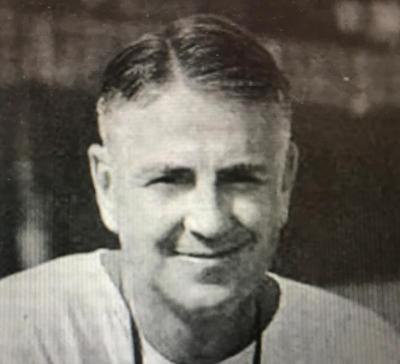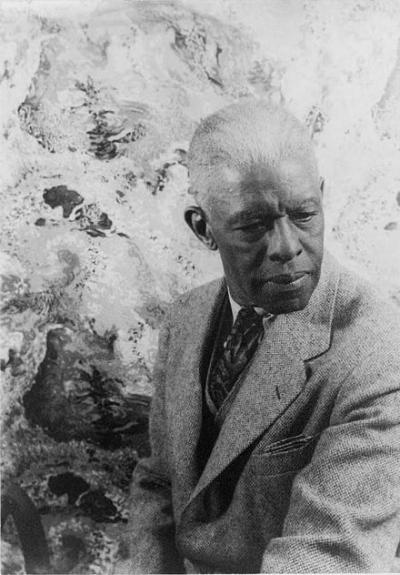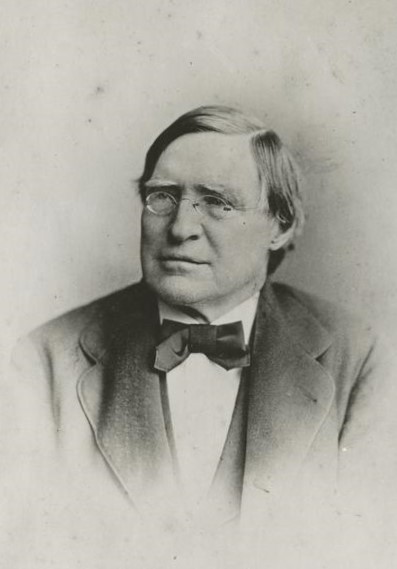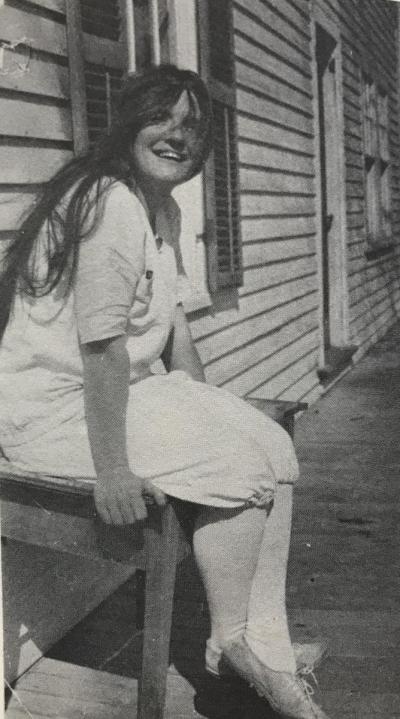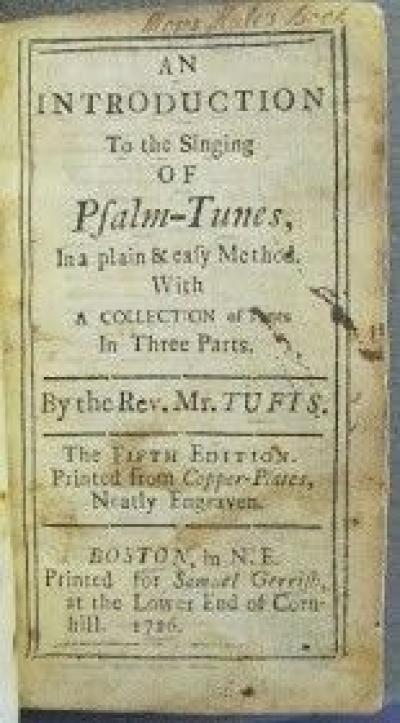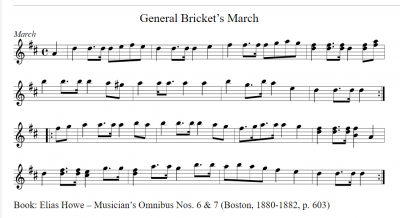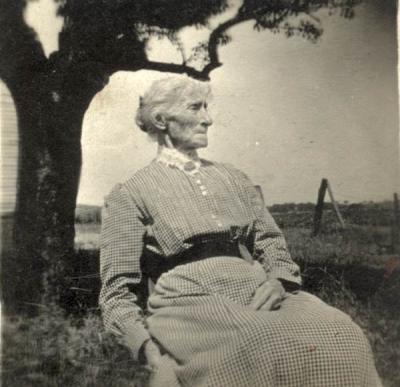A Historic Minute 2020–Notable People
In 2020, the Historical Commission's monthly Minute Histories focused on notable characters. Scroll down to find links to 12 stories below--
January 2020 A new historic marker installed in front of Town Hall, 491 Main Street, notes the location where, in 1952, the citizens of West Newbury elected Julian D. Steele as the Commonwealth’s first African-American Town Moderator. This story is one of a civic and religious leader who championed such causes as civil rights and affordable housing and who was “[k]nown and respected in Washington, responsible and influential on Beacon Hill, [but] still reserved time for participation in local government as moderator of the town of West Newbury.” Click here for a video recapping Steele's life story.
February 2020 This story is about Frances Keegan Marquis, who was born and raised in West Newbury, and who—notwithstanding her fame, remarkable career, and life in New York City—always maintained ties to her old hometown. In her mid-40s, she left her successful career as an executive in premier women’s organizations to join the first Women’s Army Auxiliary Corps officer training class in 1942. She was chosen to lead the country’s first women’s expeditionary force to serve in General Eisenhower’s North African Headquarters. Upon returning to civilian life, she volunteered in women’s organizations, including as an official observer at the United Nations. Frances Keegan Marquis became a life member of the West Newbury Historical Society, which houses some of her medals and papers.
John Appleton Brown- Living New England Artists
March 2020 This story concerns John Appleton Brown, who depicted West Newbury and its environs in all their natural beauty. Brown's modest West Newbury family identified and promoted his artistic talent and appreciation of nature from an early age. He became a successful artist and prominent member of society who returned to West Newbury in summers to reconnect with and sketch the beauty of his birthplace. In paint and pastels, Appleton Brown captured the gentle hills, open fields, blossom-laden orchards, meandering streams, and marshes of West Newbury and its surrounds in pictures that “make[ ] you think of the happy places that you have seen, and the happy events that have occurred in your summer days….”
April 2020 This story concerns the four Emery sisters (Mary Elizabeth, Louisa, Frances, and Georgianna) who in 1905 received disbursement of an unexpected inheritance worth about $30 million in today’s dollars. These religious and civic-minded siblings viewed their windfall not so much as their own but rather as a gift from God to be held in trust. They spent the ensuing half-century using their wealth to transform West Newbury for the better—even when, thanks to a dispute over a potential use of what is now called the Carr Post, the Town managed to spurn offered gifts including a free water distribution system using waters from the Artichoke.
May 2020 This month's tale features Addison Brown, who started life as the oldest child of a West Newbury shoemaker, and ended not only as a great jurist, but also a great scientist, learned as a botanist and to a lesser degree as an astronomer. For two decades starting in 1881, Brown served as a judge in the U.S. District Court for the Southern District of New York. At the same time, he wrote books and notes on botany, served as president of New York’s premier botany society and was a principal founder of the New York Botanical Gardens. He made his fortune (and expanded fortunes of wealthy West Newburians) through New York City real estate investments. At his death, he left an estate estimated at $750,000, of which some $40,000 was left to charities, including the West Newbury Library Association.
June 2020 This month’s tale concerns Elmer Burnham, who was perhaps the best athlete West Newbury produced and who was both successful and beloved in his 42 years as a high school, Big Ten, and Division 3 college coach. During his tenure as Purdue’s head football coach in the first years of World War II, he successfully navigated unprecedented disruption resulting from military drafts, mid-season and sometimes mid-game player military-ordered transfers. West Newbury’s Burnham Field was named in his honor. Click here for a video about Burnham's undefeated 1943 Purdue team.
Roland Hayes by Carl Van Vechten, Wikimedia
July 2020 This month’s story features Roland Hayes, a pioneering African-American concert tenor who “went from the plantation to the palace,” with summers on Crane Neck Street here in West Newbury along the way. His voice resonates to this day: click here, and imagine yourself in Old Town Hall on March 4, 1949, at a concert benefiting the Town water system’s extension to Crane Neck Street.
August 2020 This month’s story concerns Samuel Morse Felton, an unlikely Civil War hero who, as President of the Philadelphia, Wilmington & Baltimore Railroad, brought in Allan Pinkerton to protect his railroad and save President Lincoln from an assassination attempt in slaveholding Baltimore. Felton later ensured that troops and supplies could pass from the North to the Union capitol in Washington, D.C. by way of an alternate route through Annapolis.
September 2020 This tale concerns Hazel Hammond Albertson. Her Chestnut Hill Farm welcomed countless interesting, liberal minded visitors (not least Virginia Lee Burton and Bertrand Russell Brinley, whose Mike Mulligan and Mad Scientist stories were set in West Newbury). Although lacking financial success as a farmer, Hazel Albertson was among the Town’s most important 20th century benefactors in the coin of ideas and public service: her pageant for the Town’s 1919 centennial framed our history, helping define West Newbury in the 20th century. Her lifelong, indefatigable contributions in Town organizations aimed high at civic progress ranging from cleaning up the Merrimack River to world peace.
October 2020 October's story is about Mr. Rev. John Tufts, who became the First Parish’s first pastor in 1714. His publication of America’s first music textbook, An Introduction to the Singing of Psalm Tunes, made him the most important contributor to music education into the following century. Tuft’s “Me Too” episode led to his exile in Amesbury in 1738: when he refused to cooperate with an investigation of female parishioners’ complaints about his “indecent carriage and also of his abusive and unchristian behavior towards them at several times and so forth,” he found himself abruptly exiting the church without references.
November 2020 This story concerns West Newbury-born Doctor Brigadier General James Brickett, whose “watch out for what you wish for” experience is the stuff of history and song. Brickett’s military career began in the French and Indian War and during the Revolution, saw him leading militia troops at the battles of Bunker Hill and Saratoga. After their decisive victory at Saratoga, the Americans found themselves saddled with almost 6,000 prisoners of war. At a time when the colonists could barely feed and clothe themselves, Brickett was charged with marching the captives to Cambridge. He accomplished this with his own funds, but was never repaid, except with a march tune in his honor.
Marietta Poor(e) Source: Bethany Groff Dorau
December 2020 In 1883 Marietta Poor(e) became the first woman elected to office in West Newbury—and the first female Town officer of any kind. An educated career woman who taught in West Newbury and Georgetown, Poor was “unusually esteemed, with sterling qualities of heart and mind.” Her election to the School Committee followed the state legislature’s action in 1879 allowing women to vote for and serve on that board only, and West Newbury’s action in 1881 denying a Town article that would have had the Town “ask the Legislature to extend to women who are citizens the right to hold Town Offices, and to vote in Town affairs on the same terms as male citizens.” In 1894, when the Ladies’ Library Society offered its building for the Town’s first public library, women were allowed to serve as—but not vote for—Library Trustees. After Poor’s death in 1916, full women’s suffrage came to West Newbury in 1920, with the 19th Amendment to the U.S. Constitution.


